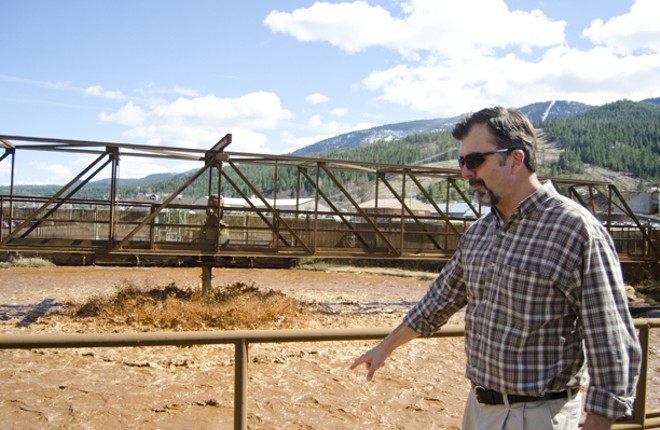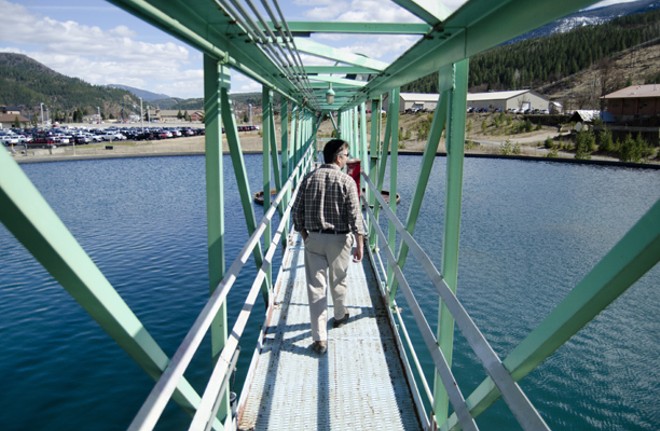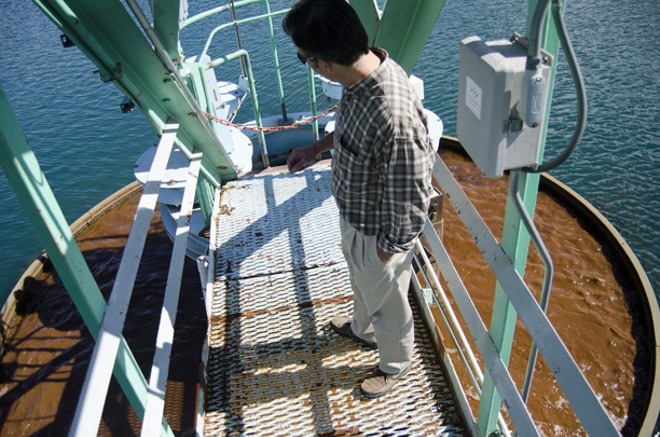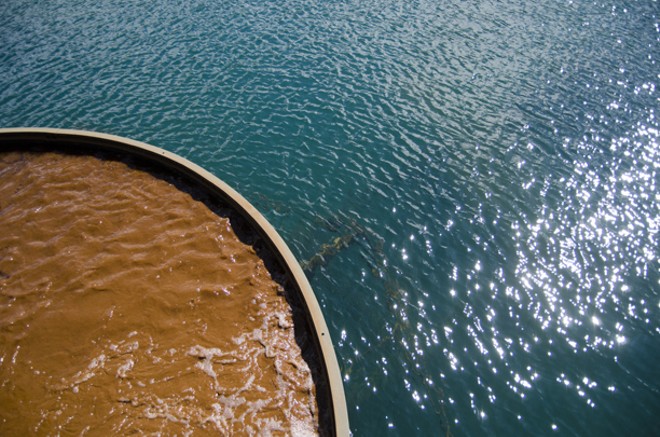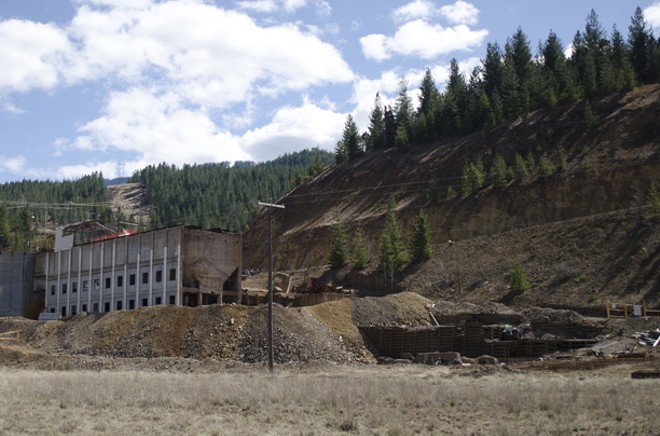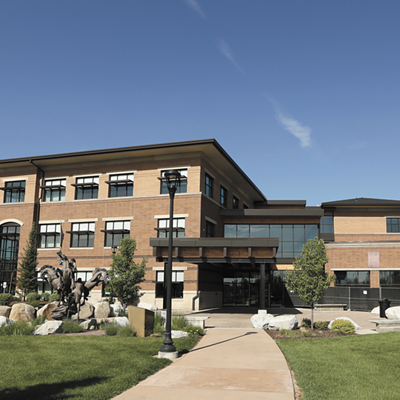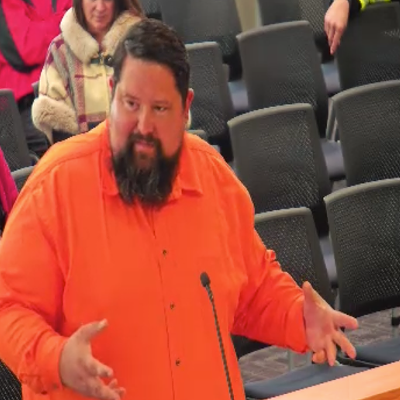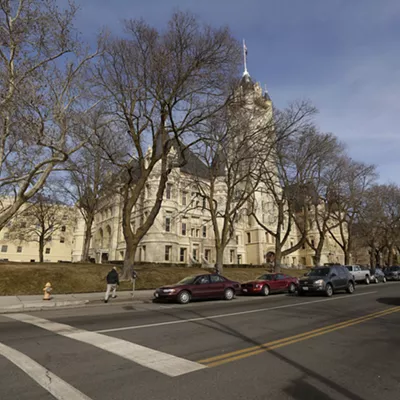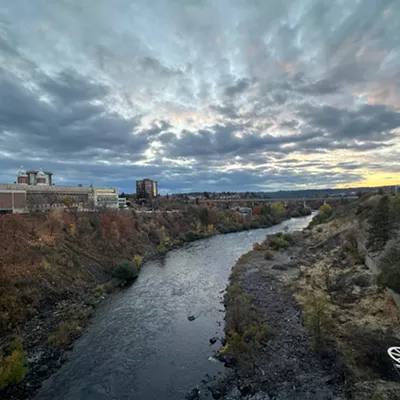Friday, April 19, 2013
EPA plans next 10 years of Silver Valley clean-up
Once producing half of the nation's silver supply, the Idaho Silver Valley has historically lived and died off of the minerals pulled from its hills. As we wrote in this week's issue, the Environmental Protection Agency has spent 30 years and a half billion dollars trying to repair the habitat destruction and mining contamination that has long plagued the valley.
The EPA has overseen a broad range of projects to isolate or remove heavy metal contamination in the soil and waterways. The agency released a 10-year implementation plan in February (114 pages) to outline upcoming clean-up projects at the Bunker Hill Superfund Site.
The most ambitious new project will increase the size of the agency's water treatment plant in Kellogg to collect and treat contaminated ground water.
The plant, pictured below, now only treats mine drainage from the nearby Bunker Hill Mine, about 2 million gallons a day. The design phase of the expansion should finish next year.
Here are a few photos of the treatment plant:
The EPA has also overseen remediation efforts, to clear out and replace contaminated soil, at more than 6,000 separate properties. Here's a former mill site that crews cleared of contaminated dirt and backfilled along the riverbank with new soil:
Tags: Environmental Protection Agency , Silver Valley , News , Image

